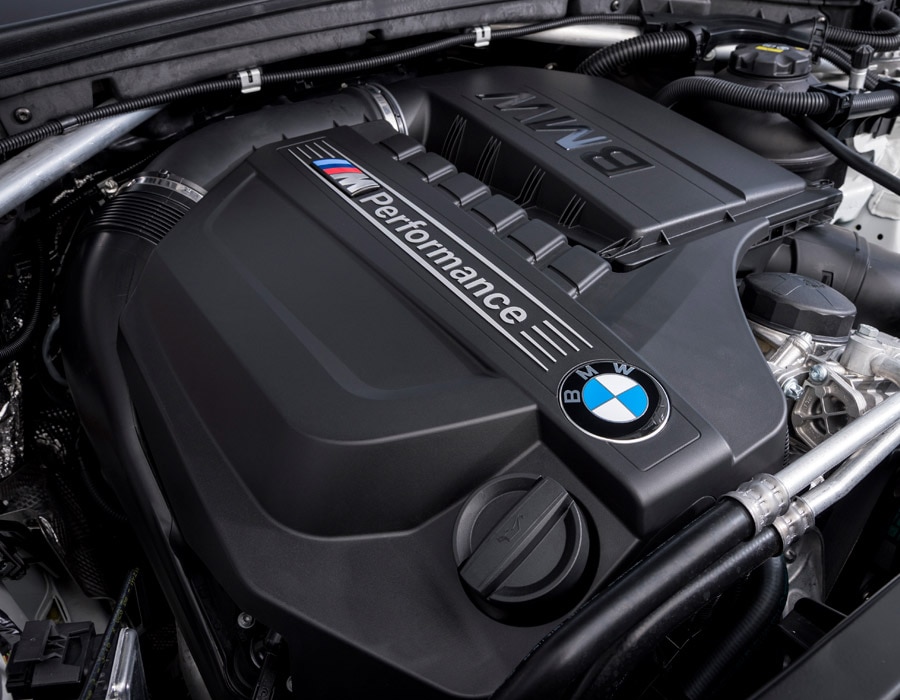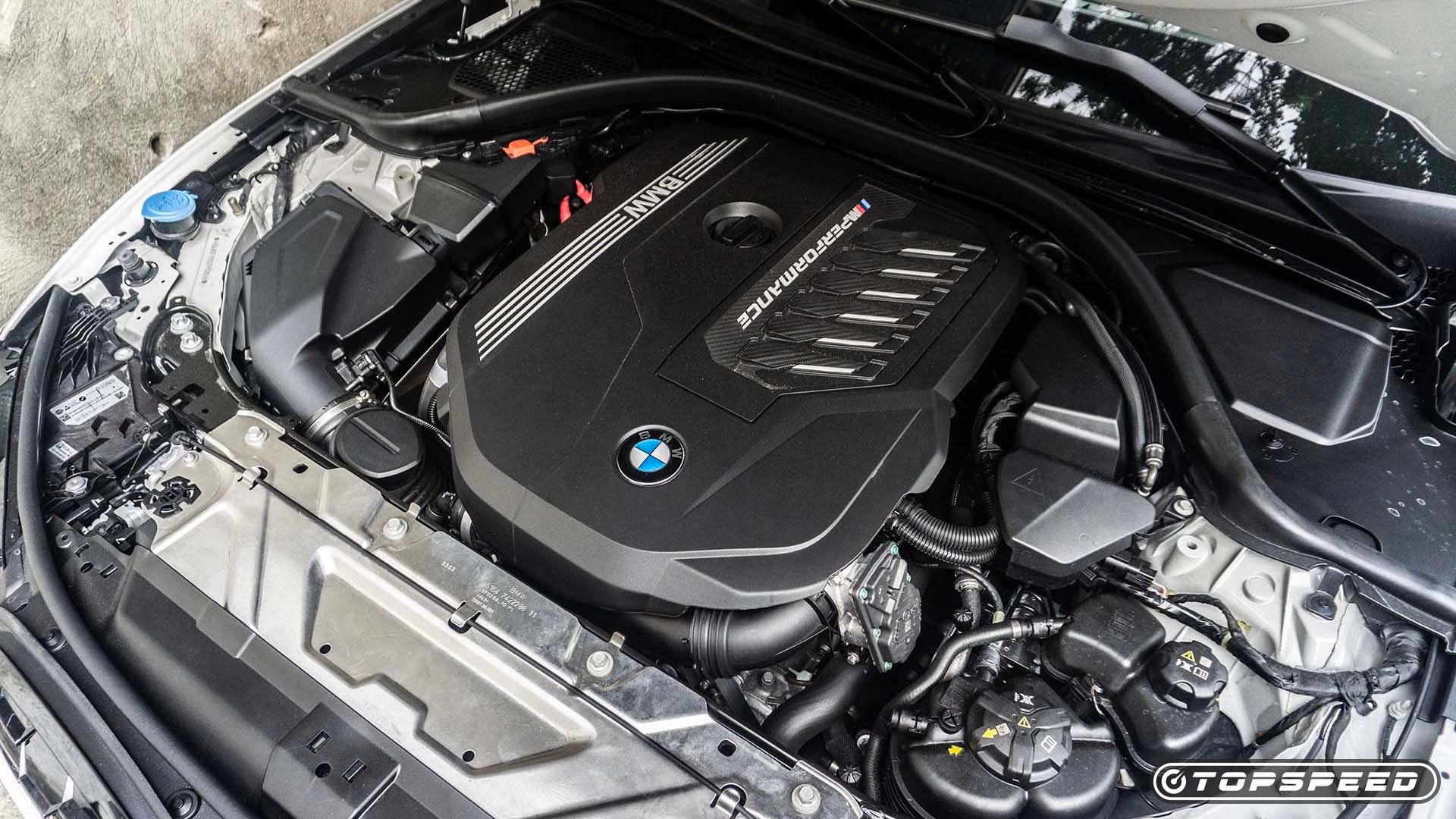The Function of BMW Engine Layout in Getting Exceptional Fuel Efficiency
The Function of BMW Engine Layout in Getting Exceptional Fuel Efficiency
Blog Article
From Concept to Reality: A Thorough Examination of the Design Marvels Driving Automotive Powertrain Advancements
In the realm of vehicle design, the intricate internet of advancements driving powertrain evolution is a compelling narrative that unravels with precision and advancement. bmw engine. From the conceptualization of sophisticated innovations to their understanding in substantial auto powertrains, a trip loaded with engineering wonders waits for expedition.
Development of Internal Combustion Engines
The advancement of interior burning engines has actually been a pivotal aspect in the advancement of auto powertrains. Over the years, advancements in materials, making methods, and electronic controls have considerably boosted the efficiency, performance, and ecological friendliness of interior burning engines.
Among the vital milestones in this development was the growth of fuel shot systems, which changed carburetors and made it possible for more accurate control over the fuel-air mixture. This advancement not just improved fuel performance yet also decreased damaging exhausts. Furthermore, the intro of turbocharging and variable valve timing even more boosted engine performance while satisfying strict emissions guidelines. Looking in advance, ongoing r & d efforts are concentrated on alternate fuels, hybridization, and electrification to propel the evolution of inner combustion engines towards also better performance and sustainability.
Rise of Electric Propulsion Systems
In the realm of automotive design, a noteworthy change in the direction of electrical propulsion systems is presently reshaping the landscape of vehicle powertrains. bmw engine. Electric propulsion systems, primarily driven by improvements in battery modern technology and ecological problems, are coming to be progressively widespread in the automobile industry. These systems supply many benefits over typical interior combustion engines, consisting of higher effectiveness, minimized emissions, and boosted performance capabilities

As automakers remain to purchase research and growth, electric propulsion systems are anticipated to end up being a lot more prevalent and advanced. The shift towards electrification stands for a zero hour in auto history, signifying a considerable separation from conventional combustion engine innovation in the direction of a much more lasting and reliable future.

Innovations in Crossbreed Powertrains
With the expanding demand for even more fuel-efficient and eco-friendly cars, innovations in hybrid powertrains have come to be a centerpiece in the auto market's pursuit of sustainable transportation options. Crossbreed powertrains combine standard internal burning engines with electrical propulsion systems, providing improved fuel performance and lowered exhausts compared to traditional vehicles.
One secret improvement in hybrid powertrains is the advancement of plug-in crossbreed electrical automobiles (PHEVs) These cars can be billed from an external power source, permitting for prolonged electric-only driving ranges. Furthermore, innovations in regenerative stopping systems have boosted the effectiveness of hybrid automobiles by transforming kinetic energy during stopping right into electrical energy to reenergize the battery.
Moreover, car manufacturers are progressively focusing on optimizing the combination of hybrid powertrains with innovative transmission systems to further enhance general effectiveness and performance. Making use of light-weight products and progressed control systems has actually likewise added to making hybrid powertrains more efficient here are the findings and portable. Overall, the continuous improvements in hybrid powertrains are leading the way for an extra sustainable future in the automobile industry.

Combination of Software Application and Connection
Progressing the automotive market's technical landscape, the assimilation of software and connectivity plays an essential duty in boosting automobile performance and user experience. Modern lorries are progressively ending up being interconnected ecological communities, where software-driven functionalities are flawlessly integrated with connection functions to supply an extra delightful and efficient driving experience. Software regulates critical aspects of the car, such as engine monitoring, transmission systems, and progressed driver-assistance systems (ADAS) These systems depend on elaborate algorithms to maximize performance, guarantee safety, and minimize discharges.
Connectivity further improves this integration by enabling cars to connect with outside networks, other lorries, and facilities. With attributes like remote diagnostics and over-the-air updates, makers can continuously boost automobile performance, address concerns quickly, and present new functions without calling for physical recalls. Furthermore, connection enables innovative performances like real-time traffic updates, remote vehicle surveillance, and smooth assimilation with mobile tools for enhanced comfort.
Future Patterns in Automotive Propulsion
The development of automotive powertrain innovations, especially in the assimilation of software and connectivity, establishes a structure for exploring the future patterns in auto propulsion. Looking in advance, crucial fads are emerging that are poised to change the automotive sector. One popular fad is the increasing shift in the direction of electrification. As worries about climate modification and ecological sustainability expand, electric lorries (EVs) are becoming much more common. Suppliers are spending heavily my company in creating EV modern technology, resulting in improvements in battery performance, range, and charging framework.
These vehicles may need special powertrain configurations to sustain numerous degrees of freedom. Additionally, the integration of fabricated knowledge (AI) and maker understanding in vehicle propulsion systems is prepared for to enhance performance and performance.
Verdict
Finally, the continuous evolution of vehicle powertrains has seen the growth of inner burning engines, electric propulsion systems, hybrid powertrains, and the assimilation of software application and connection. These improvements have driven considerable improvements in performance, performance, and sustainability in the auto sector. Looking in advance, future fads suggest an ongoing change towards electrification, independent driving, and connectivity, forming the future of automotive propulsion systems.
The development of inner combustion engines has actually been a pivotal element in the improvement of automobile powertrains.In the world of auto design, a significant change towards electrical propulsion systems is presently improving the landscape of vehicle powertrains. On the whole, the constant developments in hybrid powertrains are leading the means for a more lasting future in the vehicle sector.
The advancement of automotive powertrain developments, especially in the combination of software and connection, establishes a structure for checking out the future trends in auto propulsion.In here are the findings verdict, the consistent evolution of automotive powertrains has actually seen the growth of interior combustion engines, electrical propulsion systems, crossbreed powertrains, and the integration of software program and connectivity.
Report this page